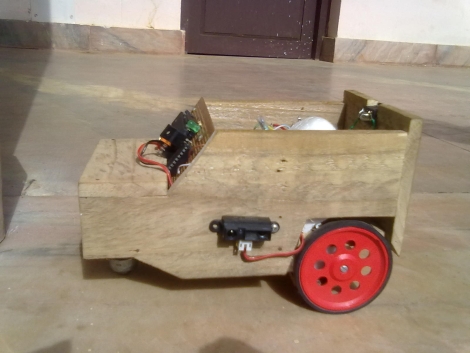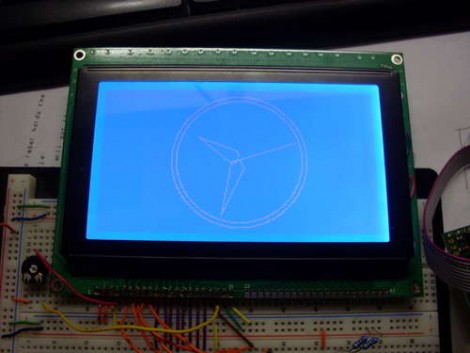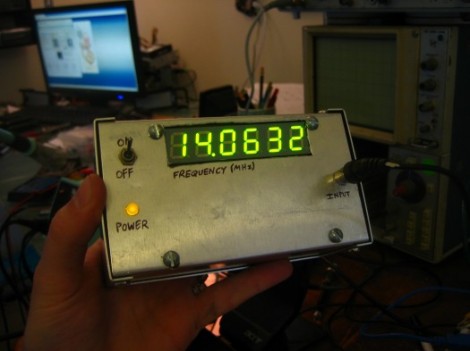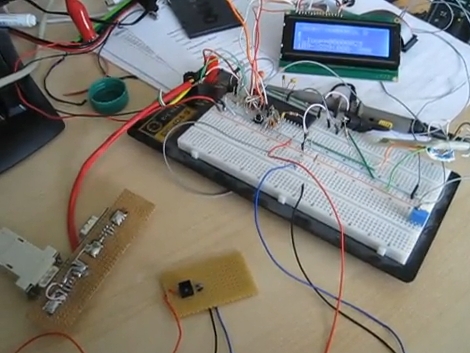
Whether you take it as a single shot or a double, a great Barista want’s to know the details on what’s happening with the espresso machine. [Tobi] was happily generating the morning cup when he realized that the needle-thermometer on his machine wasn’t working any longer. Instead of shelling out a lot of money for a direct replacement, he built his own display and controller for this espresso machine (translated).
He had a few goals with this hack. Obviously he needed to replace the temperature meter, but he also wanted a colorful display and some timing options. He was able to get his hands on a nice little OLED display that would fit in the vacated opening and it only cost a few bucks. He’s got his own mini-mill which came in handy when fabricating a board to host the ATmega16 which drives add-on, but he also used it to make a bracket for the screen replacement.
Now his machine is fixed, looks a bit more modern, and it has more features which are shown off in the video after the break. If you’re looking to add some custom circuitry to your coffee ritual you may also take some inspiration from this similar espresso machine hack. Continue reading “Espresso Upgrade Gives You More Data With Your Caffeine”















